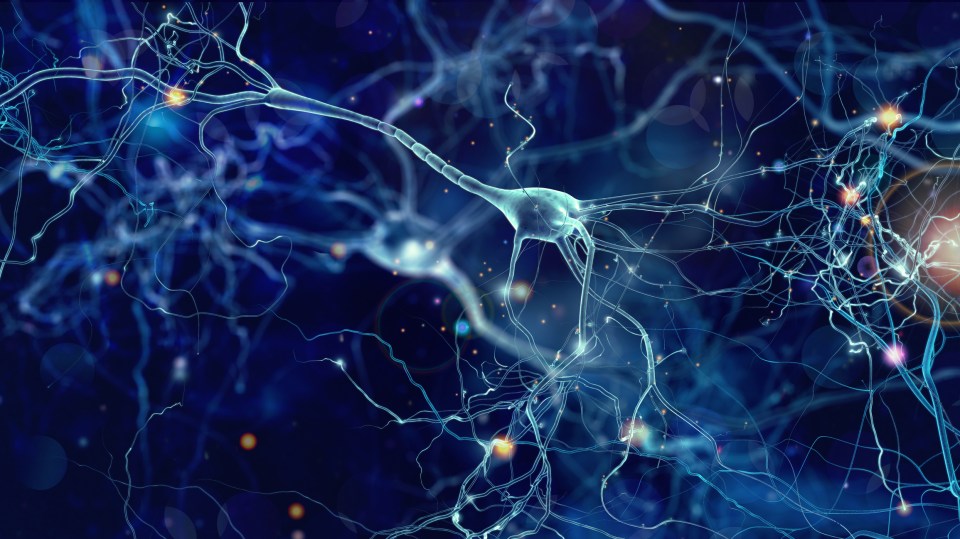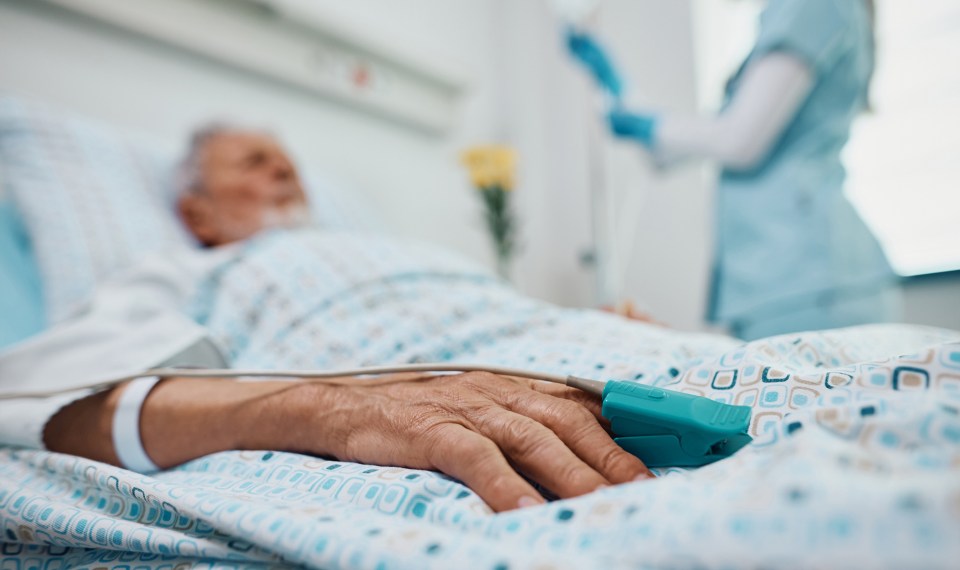A traumatic brain injury (TBI) is defined by the Brain Injury Association of America as an alteration in brain function caused by an external force. The different types of brain injury fall into the categories. A non-traumatic brain injury is caused by internal factors, such as stroke or lack of oxygen.
Types of Brain Injury
Categorizing the different ways that the brain can become injured helps doctors determine the severity of a head injury and predict what the outcome will be. Some of the different types of brain injury include:
Mild head injury or concussion
Mild head injury is by far the most common of all head injuries. Unfortunately, it can also be the most difficult to detect.
Its symptoms may include:
- Loss of consciousness for 15 minutes or less
- Momentary disorientation or confusion right after the accident
- Loss of memory right before and right after the injury took place
- Nausea or vomiting
- Headaches
- Dizziness
Accidents do happen. Football tackles to spills on the ice, fender benders and cheerleader tumbles are all causes of mild traumatic brain injury or concussion that fill the headlines. But there are other degrees of TBI to examine.
Moderate brain injury
This is more than a bump on the head. It means the person has been unconscious for 15 minutes to 24 hours. The CT or MRI scan is usually abnormal with a blood clot or bruise. It also means that they may be hospitalized for a longer period. Once the crisis has passed, they will probably be transferred to a rehabilitation hospital. The amount of time the patient will spend there will depend on the extent of their disabilities and progress, but it’s likely they will be in rehabilitation for an extended period.
Symptoms vary from individual to individual, but moderate head-injured survivors may suffer from:
- Tremors or balance problems
- Paralysis
- Seizures
- Memory deficits
- Poor judgment and problem solving
- Weakness
- Lack of coordination
- Language problems
- Perceptual difficulties
- Behavioral problems
Severe Brain Injury
In severe head injury, brain damage will be deep and diffuse, and the survivor will be poorly responsive for at least one day. The patient will have physical deficits; they likely will have muscle coordination problems and may be paralyzed. There will be significant cognitive and behavioral problems.
Severe head-injury survivors may go back to work after intensive vocational training, but usually in a reduced capacity. Many such victims must remain in the care of their family or a supported living environment.
Catastrophic Brain Injury
When physicians cite a “persistent vegetative state,” they are usually referring to the consequence of catastrophic injuries. Here, victims will be in a deep coma for months, years, perhaps forever. They might have sleep and wake cycles, but this is not true awareness. They must be fed; they cannot speak; they probably do not understand anything that is said to them. Rehabilitation is always required to get the person properly seated, splinted and positioned before deciding on long-term placement.
The Impact of Metabolic Cascade
Despite the type of brain injury, chemicals in our brain that are not directly related to the injury will join forces and literally flood the damaged area. Suddenly, neurotransmitters throughout the brain are awake and chattering—all at once. This flurry of neurochemical activity is called a metabolic cascade, and in addition to the disrupted damaged section of the brain, can intensify the consequences of any traumatic brain injury.
Myths about Traumatic Brain Injury
MYTH: Someone with a mild brain injury will fully recover.
FACT: Not necessarily. In about 15 percent of people, the effects of mild injury may linger, which can affect a person’s thinking process and mood.
MYTH: Someone who has had a severe brain injury will remain functioning at a very low level.
FACT: Not so. Every day science offers new research and technology to help people live longer and better. I have seen some survivors of severe brain injury progress from a deep, long-lasting coma to an ability to recognize loved ones, laugh, join a conversation—and contribute to society.
MYTH: Who needs rehabilitation? People with traumatic brain injury will get better on their own.
FACT: Many people do have some spontaneous recovery without rehabilitation care. But, as we now know, brain injury patients will not reach their potential unless they receive rehabilitation.
The Role of Rehabilitation in Recovery
Starting rehabilitation can help prevent medical complications and provide social, physical and cognitive therapy—all of which promote repair of the nervous system and encourage the healthy parts of the brain to take over the damaged areas. Rehabilitation makes the road to recovery a better one.
The content of this site is for informational purposes only and should not be taken as professional medical advice. Always seek the advice of your physician or other qualified healthcare provider with any questions you may have regarding any medical conditions or treatments.




